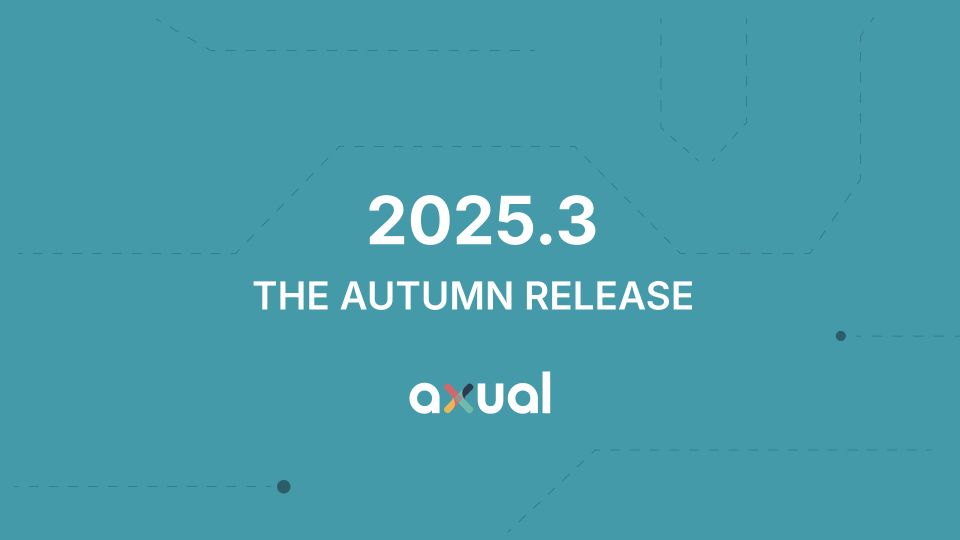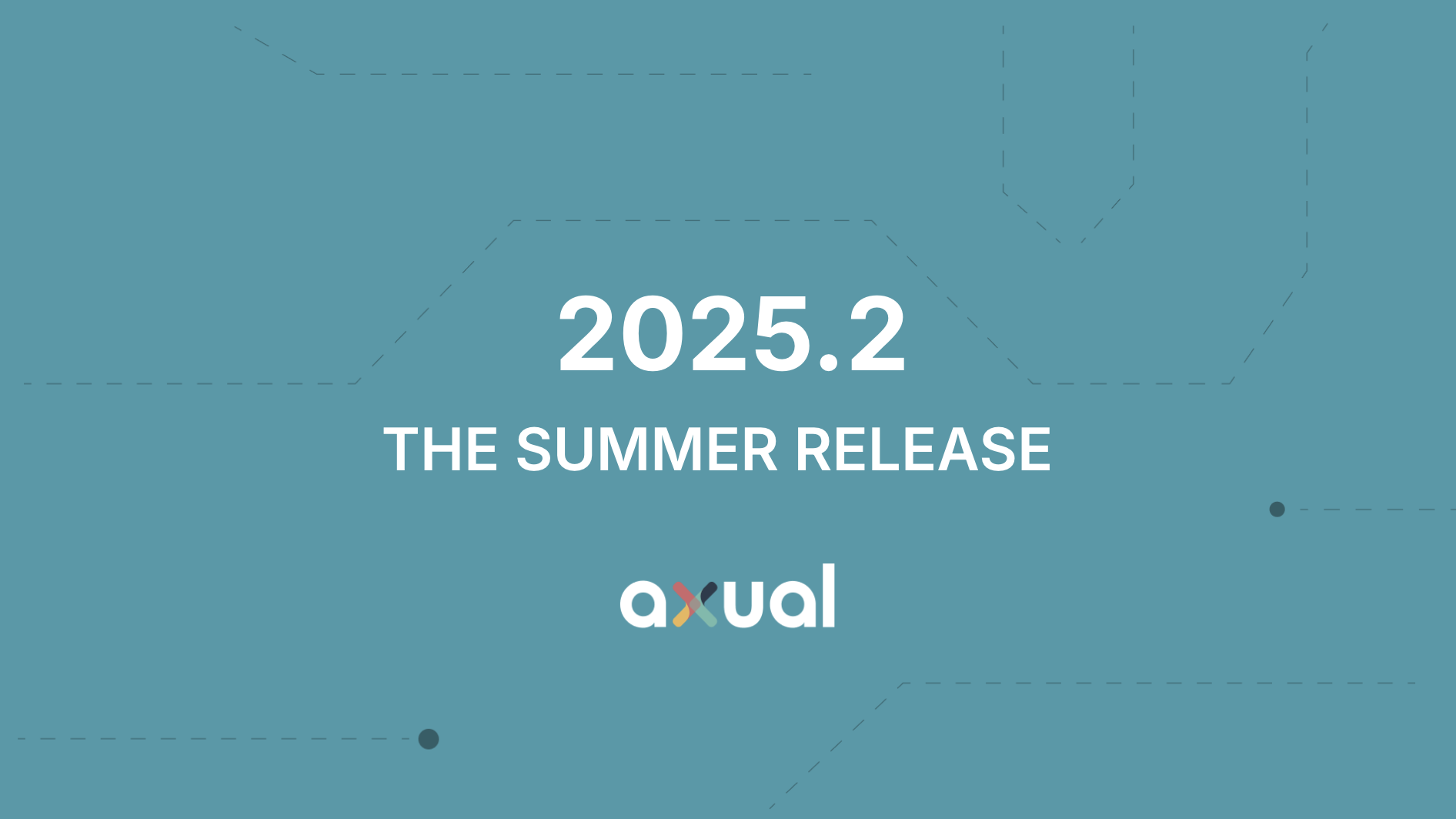TenneT Kafka for grid monitoring | use case
TenneT, a leading European electricity Transmission System Operator, uses Axual's Kafka platform for real-time data streaming. This helps them monitor the grid better and make fast decisions. Axual's platform makes it easier for TenneT to handle large amounts of data, improve their technology, and work more efficiently.

On this page
TenneT is a leading European electricity Transmission System Operator (TSO) in the Energy market with activities in the Netherlands and Germany. With around 21,000 kilometers of high-voltage lines, TenneT ensures a reliable and uninterrupted supply of electricity in their high-voltage grid, connecting the 41 million end-users in the markets they serve.
TenneT’s first and most prominent responsibility is ensuring power delivery to all. But this guarantee can only be achieved if the grid is continuously monitored and balanced. Assets collect vast amounts of data from various sensors and systems across their high-voltage network. TenneT uses that information to achieve many things, from maintaining grid stability to performing advanced analytics and from monitoring power quality to detecting potential issues for real-time decision support. Because their initial setup was batch-driven, TenneT wasn’t able to respond to changes in real-time.
To meet the challenges posed, TenneT wanted a way to build real-time situational awareness and advanced analytics and control capabilities supported by AI. TenneT envisions Data Platforms and Digitalization as pillars to build these capabilities upon. The event streaming paradigm is foundational to architectures capable of handling large amounts of data coming at high speed, processed continuously, and acted upon in real-time.
In order to acquire such a streaming platform, they initiated a European Tender process in 2021. Besides the technology, TenneT envisioned a number of enterprise architecture goals that the platform should contribute to:
Data as a Product: Make data easily accessible and reusable, synchronize data that is stored in multiple enterprise information systems, and create a data platform that connect multiple sources into new data products.
Enable Advanced Analytics and Real-Time Decision Support: Shift from batch processing to an architecture that enables AI and real-time decision support.
Event Processing Architecture: Build systems that are loosely coupled, scalable, extensible, observable, and resilient, centered around the concept of business events.
Cloud Transformation: TenneT aims to transition from classic monolithic applications to modern cloud-native application architectures.
DevOps and Agile Transformation: Organize business-facing DevOps teams into independent cross-functional teams and offload generic platform capabilities to platform teams.
High Availability, Resilience, and Security: TenneT wants to ensure business continuity with a strategy allowing active-active deployment of components across data centers.
Infrastructure and DevOps Automation: Deploy infrastructure and applications via infrastructure and DevOps automation using a Continuous Delivery process and GitOps way-of-working.
Open-Source Strategy: Consume and contribute to open-source software, enabling shared innovation and open-source development.
Axual came out as the Economical Most Beneficial Proposal (Dutch: EMVI). Their own engineers took the responsibility to design and install the platform in the TenneT data centers.
Using Axual Platform, they were able to set up a platform that helps their grid to be controllable, scalable, easier to find bottlenecks, and manageable in costs both for development and maintenance. Axual provides just that, a reliable and scalable solution around Kafka that doesn’t need a lot of technical knowledge, so teams can focus on building solutions. The platform enables you to assign roles and visualize the data flows. This way, real-time data is efficiently collected, processed, and sent to the teams that need this for their use case.
To enable TenneT to really get going with Kafka, Axual provided support with the implementation and enabled teams by providing training to speed up their adoption path. One of our integration specialists helped set up the infrastructure and connections to make sure that data produced by the grid monitoring systems would be available to the people requesting this.
This implementation of the Axual Platform has resulted in an ongoing collaboration between TenneT and Axual. TenneT has scaled their proof of concept to an organization-wide adoption of the Axual platform.
Axual offers an out-of-the-box Kafka solution. Our platform combines the real-time data streaming capabilities of Strimzi, an open-source Kafka on Kubernetes framework, with a user-centric interface that enables large organizations to utilize Apache Kafka with enterprise features such as access control, data governance, and a visual way to see where data is flowing. The goal of our platform is to take the complexity out of Kafka so organizations such as TenneT can focus on building out their use case instead of maintaining Apache Kafka.
Answers to your questions about Axual’s All-in-one Kafka Platform
Are you curious about our All-in-one Kafka platform? Dive into our FAQs
for all the details you need, and find the answers to your burning questions.
Grid monitoring systems are essential for ensuring the reliable operation of electricity distribution networks. These advanced systems continuously track the flow of electricity, allowing utilities to quickly identify and resolve potential issues such as equipment failures, grid overloads, and voltage fluctuations. By leveraging real-time data and analytics, grid monitoring systems enhance operational efficiency, improve response times, and ultimately ensure a stable and reliable power supply for consumers. With the increasing complexity of modern energy grids, the importance of effective grid monitoring cannot be overstated.
Grid management is the optimization of electricity generation, transmission, distribution, and usage for all stakeholders involved in the electrical grid. An electrical grid is a complex network that facilitates electricity generation, distribution, storage, and control. Effective grid management ensures a reliable and efficient flow of electricity, balancing supply and demand while enhancing overall grid performance. By integrating advanced technologies and data analytics, grid management systems can improve energy efficiency, reduce outages, and support the integration of renewable energy sources. This approach is essential for maintaining a sustainable and resilient energy infrastructure that meets the needs of consumers and businesses alike.
TenneT collects vast amounts of data from sensors and systems across its high-voltage network to maintain grid stability and monitor power quality. By transitioning from batch-driven processes to a real-time event streaming architecture with the help of the Axual platform, TenneT can now achieve real-time situational awareness, advanced analytics, and AI-supported decision-making, enabling them to respond promptly to changes and optimize their operations.
Related blogs

Axual 2025.3 release introduces KSML 1.1 integration for automated stream processing deployment, group-based resource filtering for multi-team governance, and experimental MCP Server for AI-driven platform operations. Includes JSON schema support, Protobuf processing (beta), and enhanced audit tracking for enterprise Kafka implementations.

The Axual 2025.2 summer release delivers targeted improvements for enterprise-grade Kafka deployments. In this post, we walk through the latest updates—from enhanced audit tracking and OAuth support in the REST Proxy to smarter stream processing controls in KSML. These features are designed to solve the real-world governance, security, and operational challenges enterprises face when scaling Kafka across teams and systems.

Axual 2025.1 is here with exciting new features and updates. Whether you're strengthening security, improving observability, or bridging old legacy systems with modern event systems, like Kafka, Axual 2025.1 is built to keep you, your fellow developers, and engineers ahead of the game.
